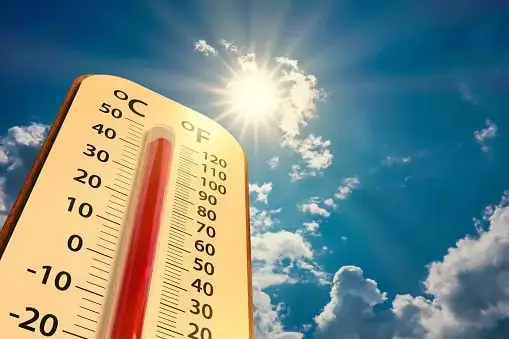
Temperature – What actually is it?
Temperature – a term that we use almost daily as a matter of course, without being made aware of the physical correlations. But how is the term temperature defined?
Everybody perceives temperature in their environment purely subjectively. If we are too warm or too cold, it is a feeling, which may be different from person to person – because not everyone gets cold at the same speed. The term temperature – or, better, the condition, that influences (among other things) our state of mind – is chatted about daily when we are discussing the expected temperature from the weather forecast with friends, acquaintances or colleagues.
Temperature
With the term temperature (from the Greek ‘thermis’ = warm), a specific thermal state of a body is described. Heat is a measure of the energy of a body, which is generated by the random motion of its atoms or molecules within the body’s interior. Here, the temperature is the magnitude of a state which establishes the energy content associated with other physical quantities (mass, heat capacity).
Temperature unit
The unit of temperature is the Kelvin. At a temperature of 0 K, all atoms or molecules within a body are at rest – all motion within the body is frozen. One describes this state as the absolute zero point. The Celsius temperature scale which is more common in our latitudes defines the zero point as the freezing point of water, since this condition could be reproduced without great technical effort in past times.
Temperature measurement
Different physical properties are directly dependent on the temperature and thus are used for temperature measurement, such as, for example:
- the dependence of expansion on temperature
- the change in electrical resistance with temperature
- voltage generation depending on the temperature
- temperature-dependent frequency fluctuations
- changes in the wavelength of the radiation of a body, depending on the temperature
